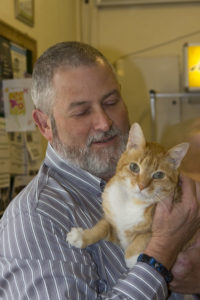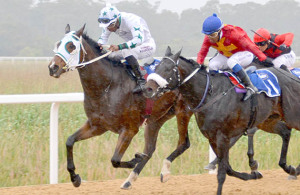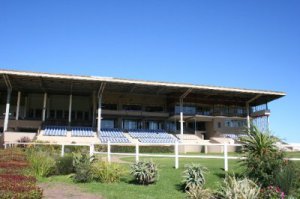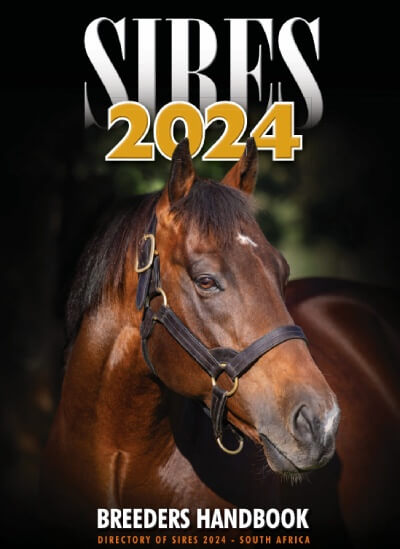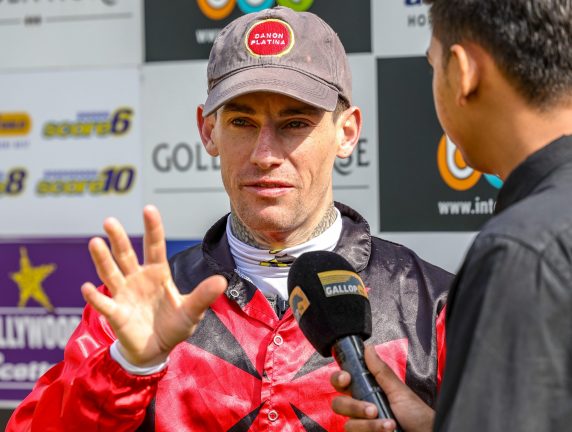The growing groundswell of speculation and outrage about the perceived negative impact of the Fairview Polytrack on our racehorses continued unabated this week with the silence from the racing operator probably the most puzzling aspect of the public debate.
A PE based Veterinary Surgeon has now stepped into the fray calling on the industry to pull together and make the R40 million rand investment work for everybody’s benefit.
The debate about the track that was installed late last year, burst into the open this past Monday when Port Elizabeth trainer Mitch Wiese turned to the Sporting Post in desperation.
Wiese had been at the track when his colleague and friend, jockey Wayne Agrella, was seriously injured and said that nobody in authority was willing to listen to any reason. The article can be read here:
https://www.sportingpost.co.za/2014/04/fairview-polytrack-problems-jockey-injured/
Other trainers have since added their voice to the debate.
The Sporting Post is also in possession of a shocking photograph from an independent source, of a talented 3yo that was injured and had to be euthenased in March. The photograph is too graphic for publication.
A leading local Vet has now joined the debate and voiced his call for implementing monitoring of both injuries and respiratory illnesses.
Dr Charles Hayward said on Wednesday that he felt that it was human nature to resist any change, and that the debate needed to be managed.
He suggested that it was quite possible that the Steven Janse Van Rensburg horse that was being worked by Agrella had stumbled.
Hayward has approached the authorities with an offer to conduct reseach on all facets of post race reaction in order that the festering wound of dissent and mistrust could be treated with facts.
“Let’s leave emotion and speculation out of this. We love our horses and the industry revolves around their wellbeing. Science and statistics will assist us in drawing conclusions and coming to a satisfactory outcome and the possible means of managing any issues that may be detrimental. The track is a huge investment and any negativity can only be to all stakeholder’s cost,” he said.
“I am at trackside hearing complaints of trainers all the time. One of the concerns is that the horses are coughing and there is a belief that it is the surface and fibres are causing this. A survey was done in Cape Town and Johannesburg a few years back where horses were scoped post race and the percentage of bleeders was found to be exceptionally high. The grading of the bleeding (many grade 1) was the differing phenomena, where grade 5 is where epistaxis is seen.”
He also pointed out that he had spoken to Dr Greg Somerville from Hong Kong at the last Equine Congress and was amazed to hear that they have five vets on course on race day.
“I enquired about their surface and was told they routinely scope and often find sand from their surface in the trachea.”
Dr Hayward conducted a mini survey at Fairview last Friday after discussions with Fairview course manager, Luciano Passerini.
“The selection was done with respect to horses that showed fatigue, respiratory distress, abnormal respiratory sounds or coughing, and also facial kickback from the track. We scoped a total of 13 horses over 4 races. One horse was not scoped as it was fractious,” he said.
Dr Hayward said that the findings were summarised as follows:
All horses scoped had dirt in nasal passages.
Seven had completely clean trachea
Six bled
Two had dirt in pharynx
Only one had singular grains of sand in the trachea.
“I would say then that a conclusion could be drawn that nasal contamination poses a small problem, but that haemorhage rather than particle contamination is the cause of the problems rather than the polytrack. This is possibly why we have noticed an increase of sneezing,” he said.
Hayward added that four terminal fatalities have occurred on the polytrack to date:
1 pastern injury, 1 bilateral severance of fetlock joints , 1 fractured humerus and 1 single fetlock injury.
Hayward went on to say that there were so many other factors that had to be taken into consideration.
“The track surface temperature on Friday was 48 degrees. The hotter it is the more kickback and the more respiratory distress that follows. Should we not possibly be cooling the surface down?” he asked.


